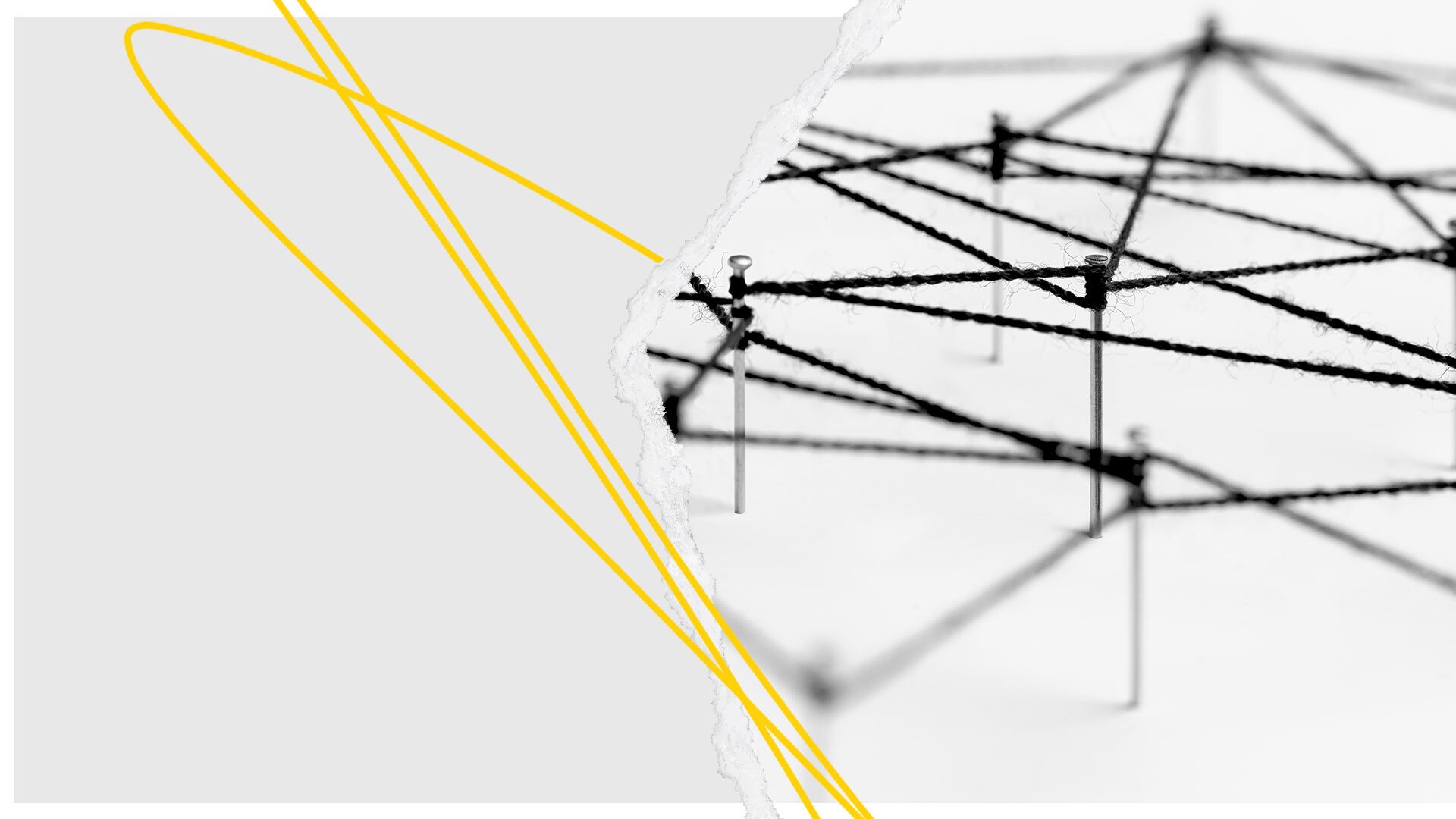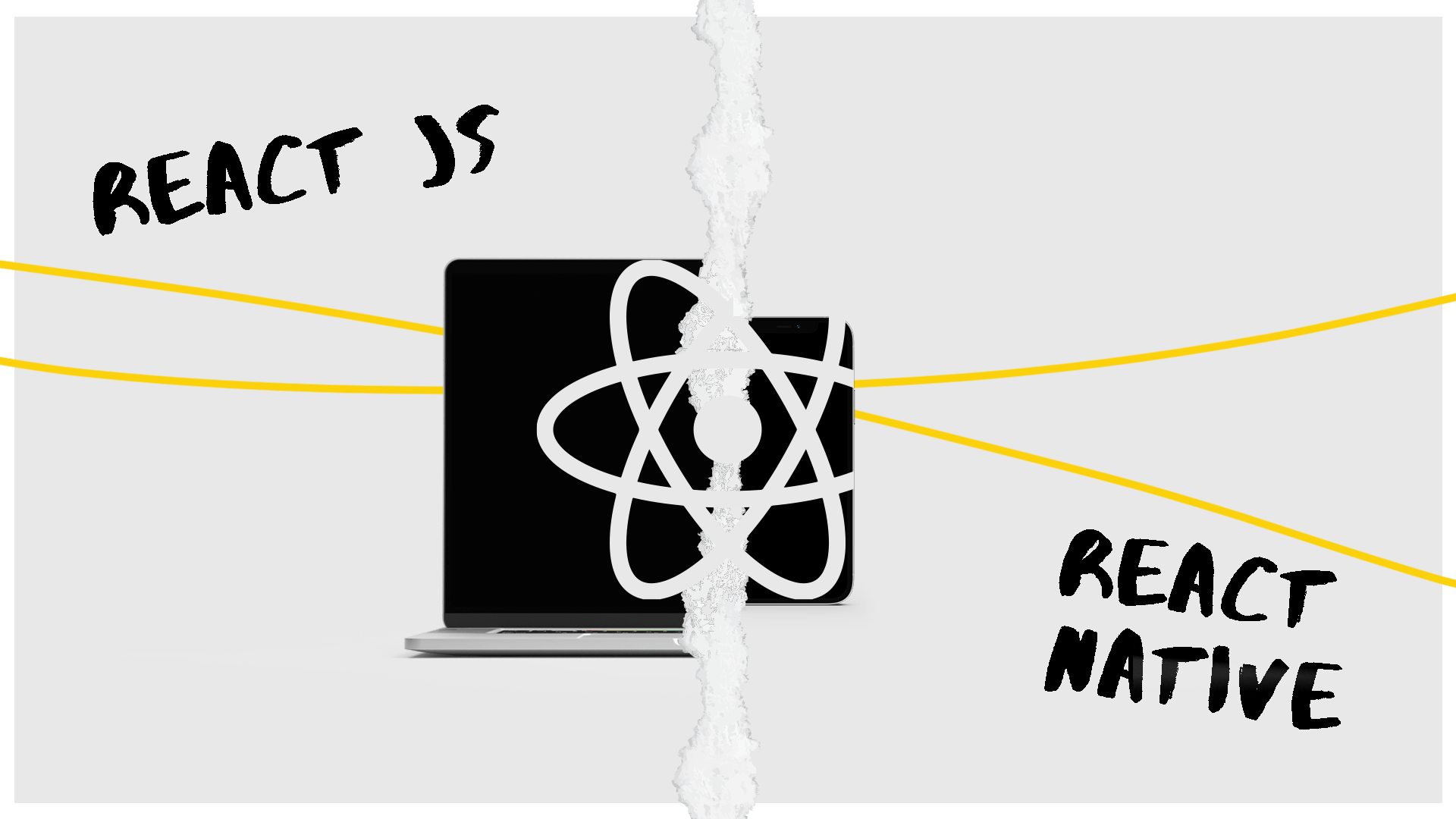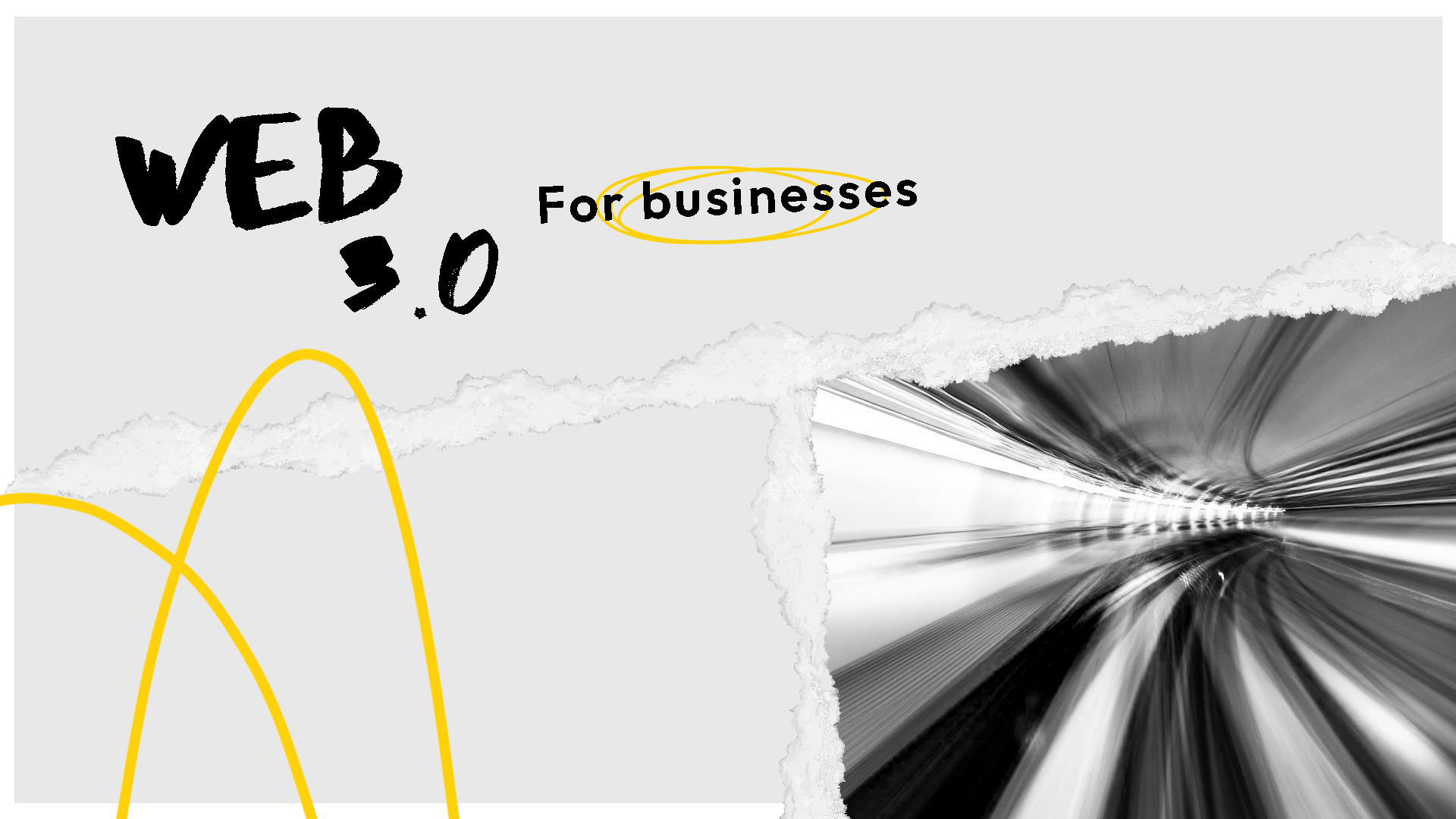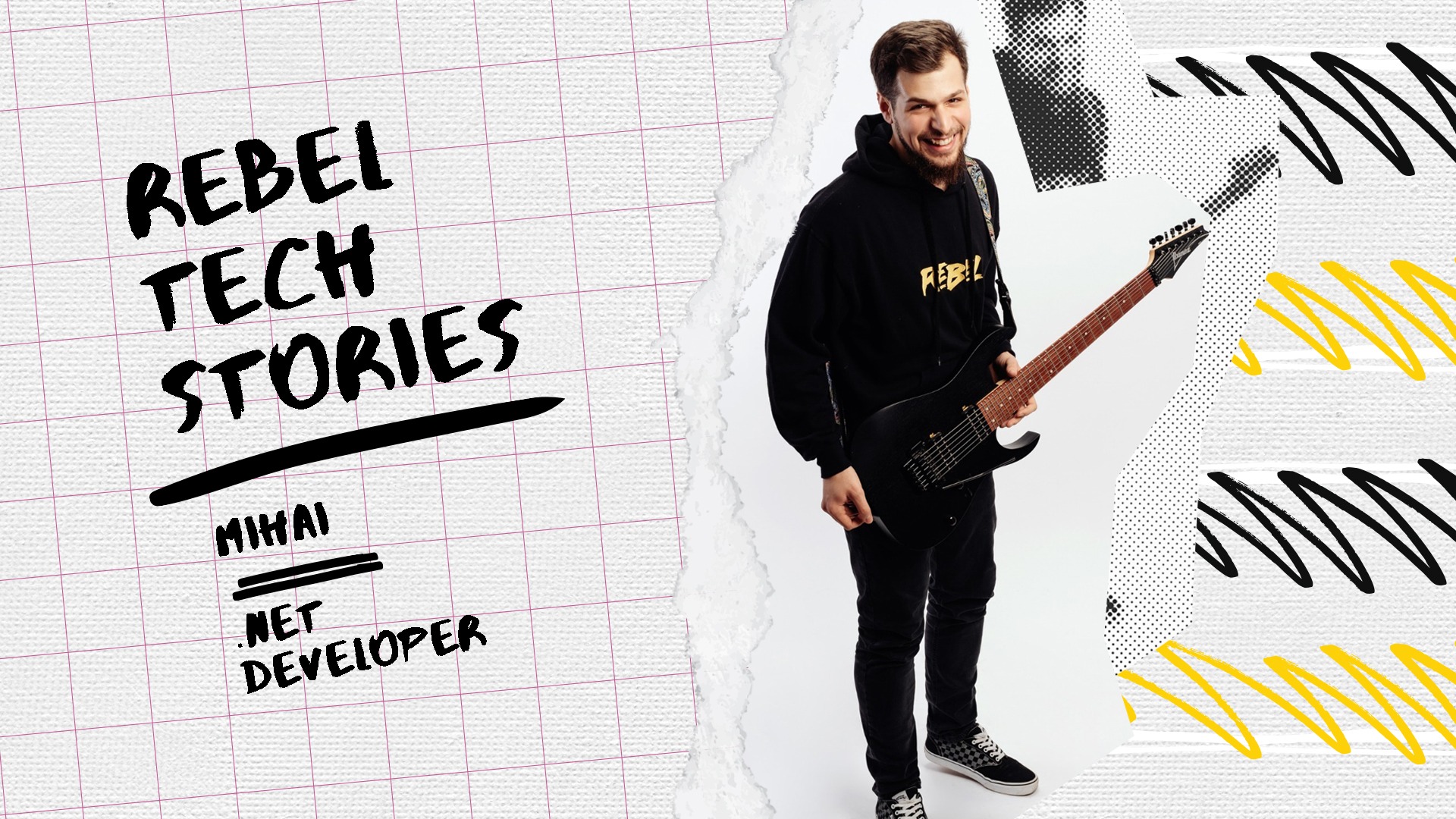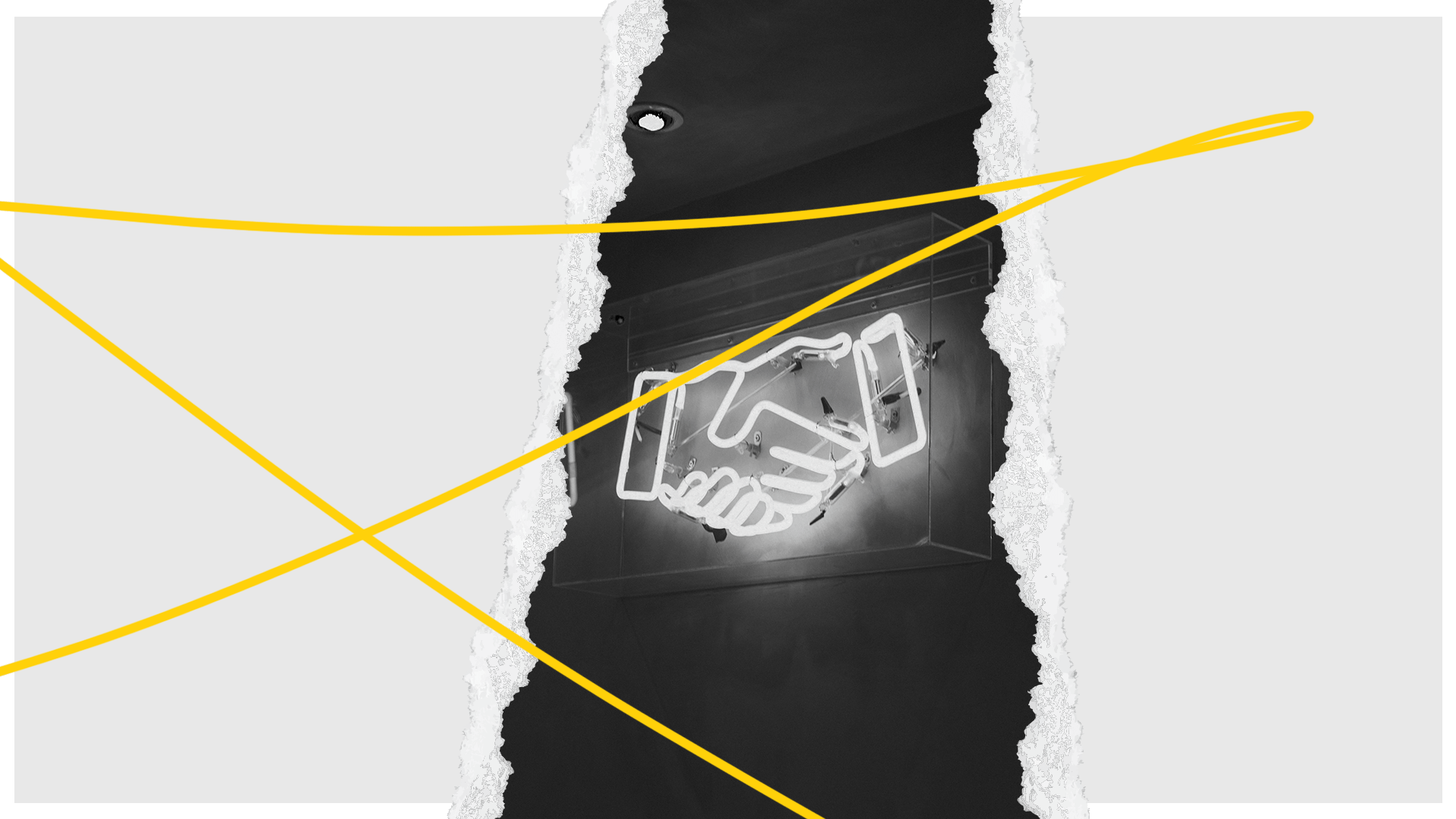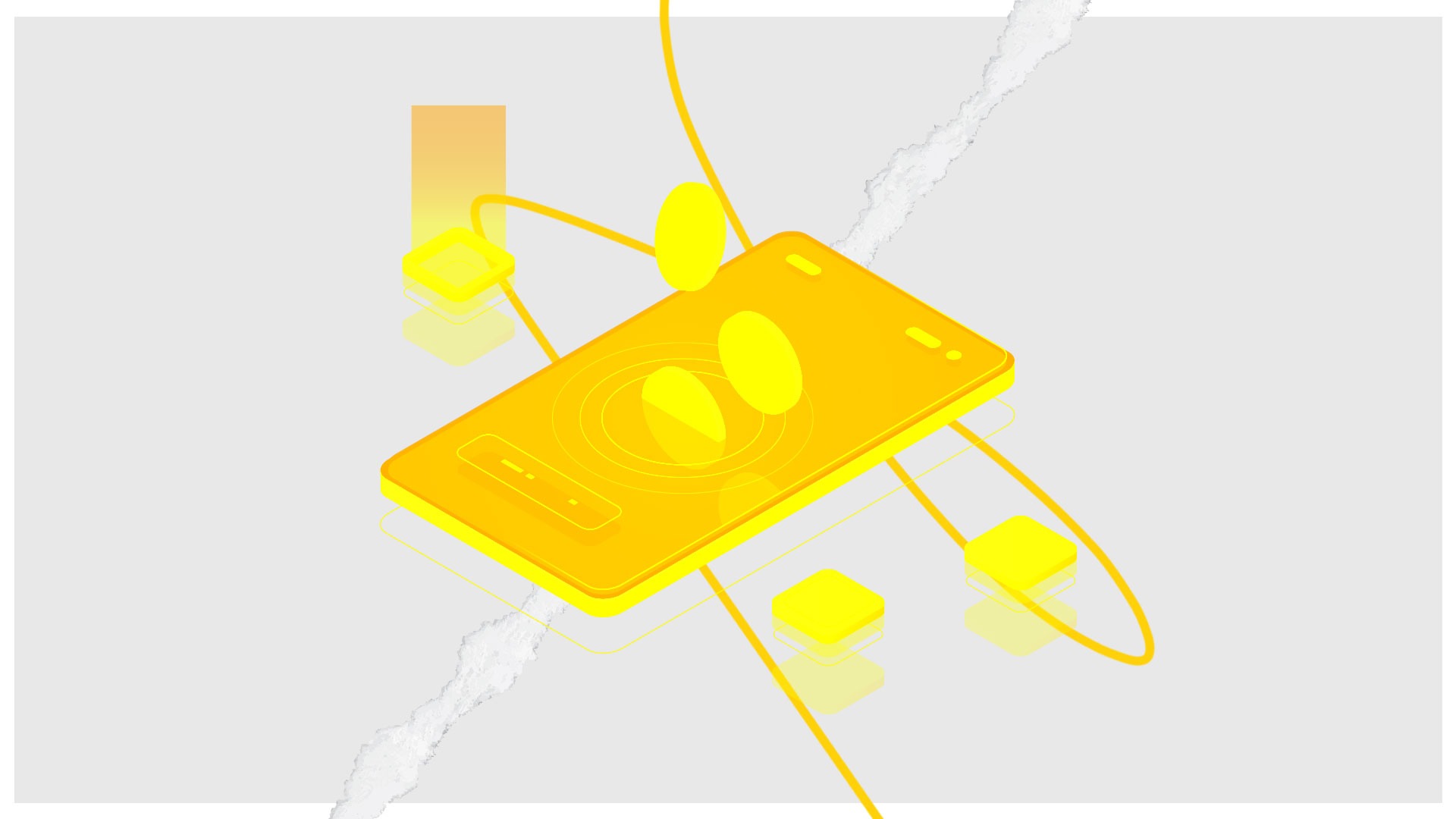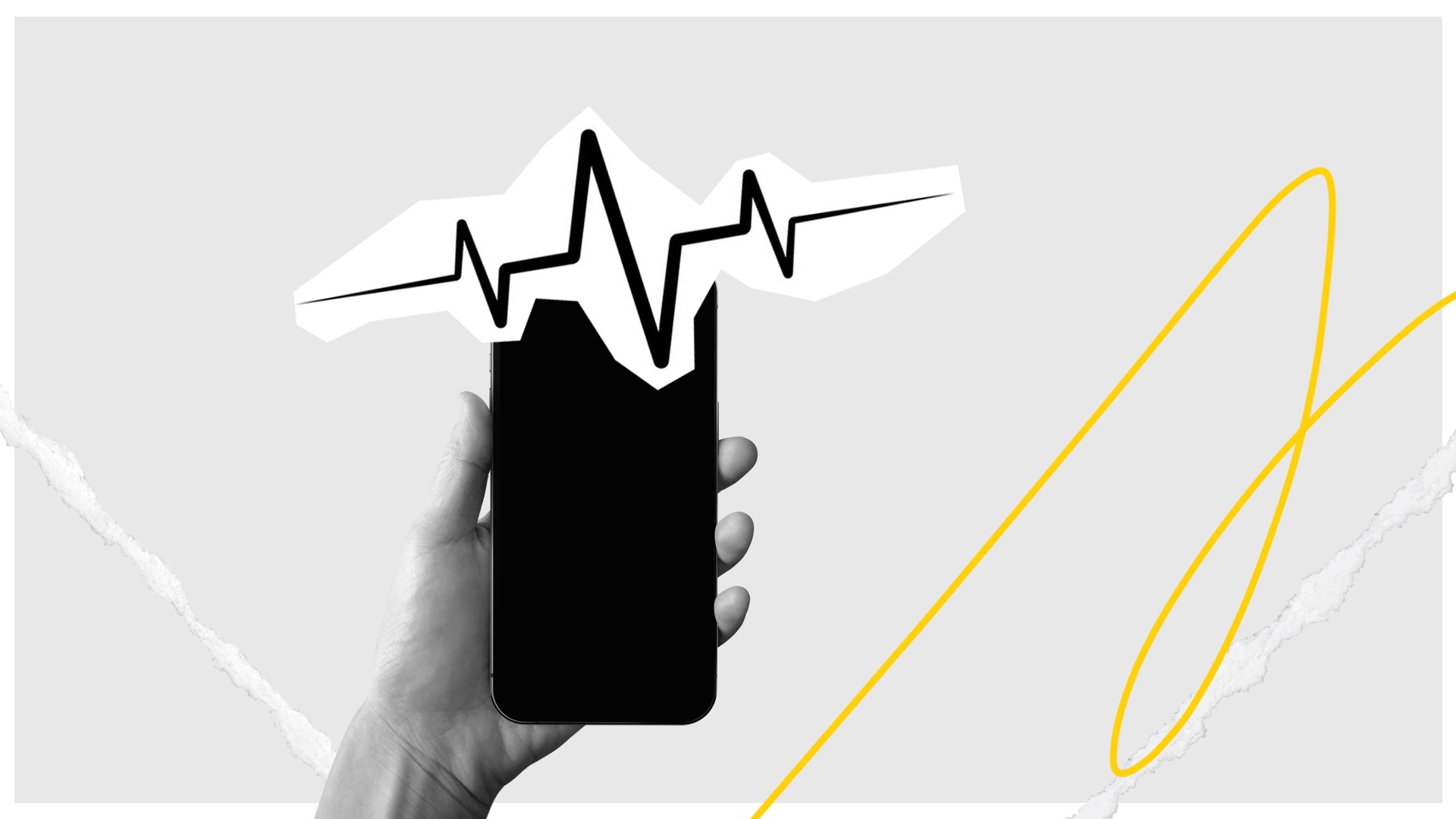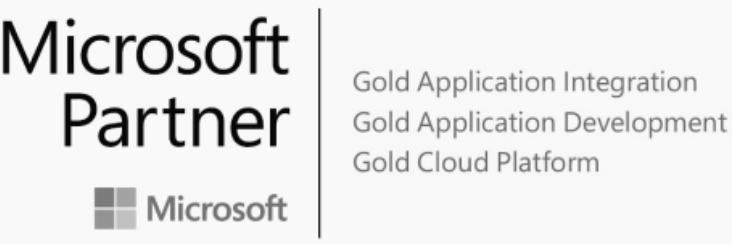To function properly, companies need to have a back-office management system that supports their client-facing roles in the front office. The sooner you understand what a back office is, the more the company’s operations system will make sense. As said, within this article, we define what back-office management is, why it is important to have its specific role within your company, and how you can integrate back-office management with customer experience (CX).
Back-office operations must be qualified in supporting evolving product development to help meet a business’s growth aspiration.
What is back-office management?
Back-office management is defined as the administrator of a company’s human resources, technology, and services. Initially, the back-office management oversees the work performed by individuals in different departments and delivers upon the objectives and promises of the front-office team.
The cooperation and coordination between the front-office and back-office management represent two distinct, yet essential faces of the company. While back-office goes by the name of “engine room”, in direct contrast, front office, is known as the “face” of the company.
Implemented at distinct levels and coordinated across various departments, from administrative and operational to functional and support services, the back-office management system can determine the necessary strategies to keep your business up and running.
As we mentioned previously, both front- and back-office teams are experts in what they do in their day-to-day jobs, but they do not always have the same priorities nor have the same responsibilities. The front office focuses on driving new business and highlighting the success of your company. The back office is the glue holding everything together.
The back-office functions are the enables of the customer-facing work of the company.
Even though working in the back office may not be viewed as the most glamorous job, you need to know it plays a vital role in ensuring an end-to-end customer experience (CX).
Why are back-office roles important?
Let me ask you this. How could you run a business if you did not know the goals you are aiming for? What is the problem-solving equation you promised to address and resolve?
It is the same thing with back-office roles because they are the backbone of your company. When back-office operations run smoothly, it automatically sets your company up for success. In addition to this, it also covers two of the most essential and discussed topics of today’s business – productivity and costs. By boosting productivity and helping keep costs low, you have an assurance that all company resources and strategic planning are covered and maintained. Not to mention the entire data information is kept secure.
This is helpful to the overall business process, of course with an accent on operations, because you can see in real-time how their company is performing.
Finally, back-office roles are meant to see where improvements and adjustments can be made for your organization. Most importantly, be mindful of the allocation of company resources.
How can you integrate back-office with customer experience?
Primarily, you need to know that numerous digital companies refuse to be limited only to monitoring and managing back-office processes. To drive the desired CX improvements, you need to balance efficiency with customer-centricity.
Secondly, developing automated digital tools to align with business departments, lessen manual overhead, and deliver a smooth customer experience across multiple channels, will increase customer satisfaction.
In extension to all the above, optimizing automation, orchestration, and workflows allow businesses to take full control of the end-to-end operations. Collecting case studies and appropriate reporting, lower agent effort, and customer service response time, will lead to increased customer satisfaction.
From a management perspective, having the right tools in place provides greater visibility with real-time insight into operations and performance against service-level targets.
Choosing the right strategy underpinned by an integrated, customer-centric platform improves ROI and makes it easy to demonstrate the business value delivered.
How can we help?
Recognizing the complexity of back-office operations, we have the expertise to help you create an original approach and add further enhancements to your operations, along with a strategy that would transform the end-to-end operating model.
We are going to start with a thorough understanding of your needs, improving operational costs management with the aim of leading to better-performing business. Not to be forgotten the level of empowered and engaged employees, as we have described the front-office team as the face of the company.
In one word – optimizing all the connected systems, from teams, workloads, and systems.
By identifying these opportunities, we will be able to drive peak performance throughout your customer’s lifecycle.
Proof of concept
Everyone says they are the best, but we going to do the opposite of that, by letting you decide what’s best for your business. You can find out in one of our case studies how we delivered digital customer support services to a worldwide organization for over 2 years.

